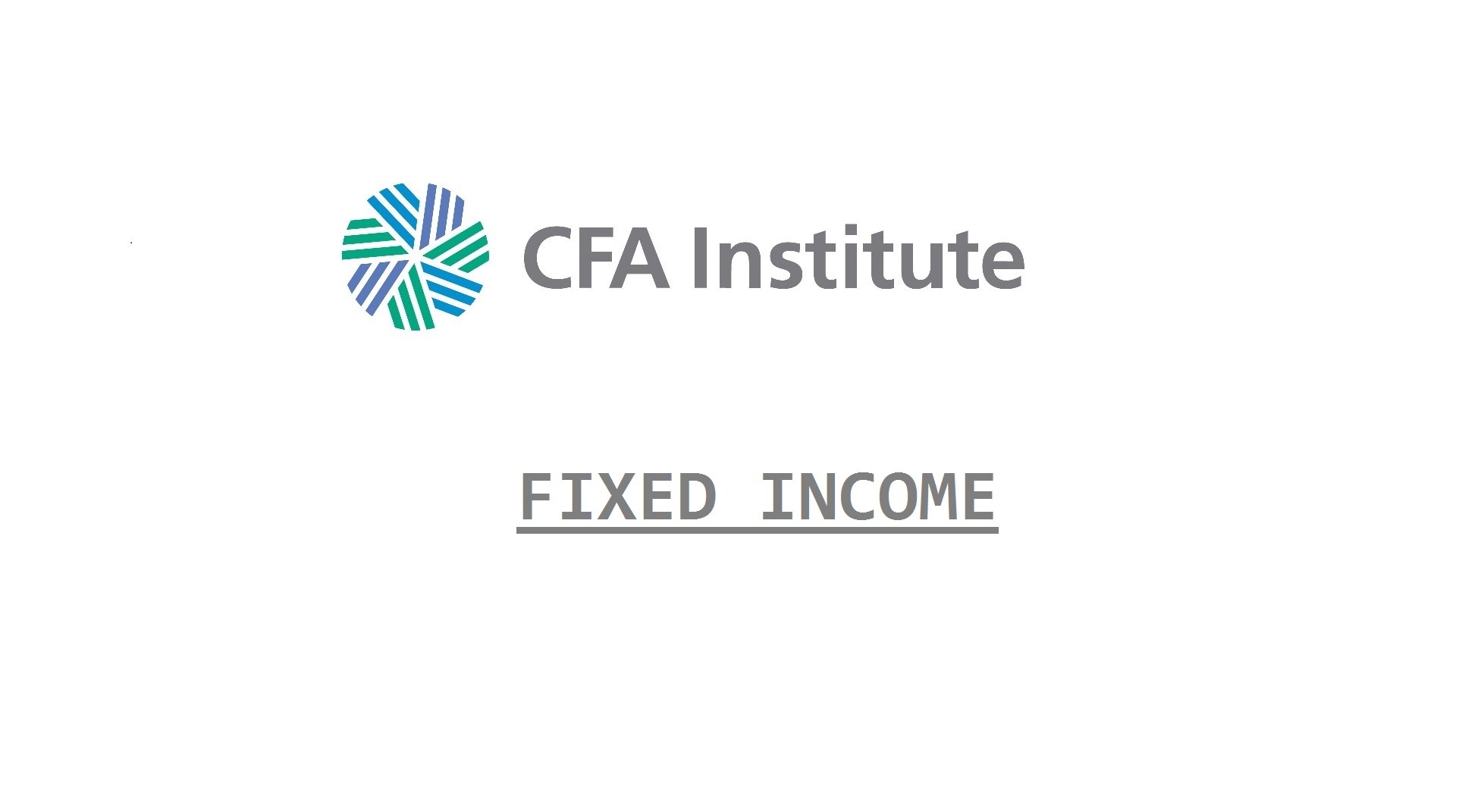Buy and hold: In an upward sloping curve, extend maturity (and therefore duration) to earn a higher yield and expected return. Another advantage of this strategy will be low turnover and transaction costs. This strategy is not necessarily passive if it involves selecting a duration or exposure to points on the yield curve (where rates are expected to be stable) that differ from the portfolio’s benchmark.
Ride the yield curve: This strategy is based on the fact that as time passes, the bond’s remaining maturity and duration decrease. In an upward sloping curve, that means its yield will decline as time passes.
It differs from buy and hold in that the manager will look to find the bond with a combination of higher duration and a position at the end of a relatively steep portion on the curve so that as time passes and its yield declines, the bond will offer the greatest increase in price. Then, after the yield declines, the manager sells the bond and rolls out the curve to repeat the process by buying another bond at the end of a steep segment of the curve.
Buying bonds at the end of a steep segment of the curve also means they have an initially higher yield, which also adds to the return earned.
Use a carry trade: A carry trade is just another form of leverage. Return is enhanced by borrowing at a lower rate to invest the funds in an asset that will generate a higher rate of return. In a stable upward sloping curve, borrow at lower shorter-term rates to invest at higher longer-term rates.
There are at least three basic ways to implement a carry trade to exploit a stable, upward-sloping yield curve:
- Buy a bond and finance it in the repo market.
- Received fixed and pay floating on an interest rate swap.
- Take a long position in a bond (or note) futures contract.
If the investor is comfortable accepting currency exposure, the inter-market carry trade simply involves borrowing in the low interest rate currency and lending in the high interest rate currency. Among the ways to implement such a trade are the following:
- Borrow from a bank in the lower rate currency, convert the proceeds to the higher rate currency, and invest in a bond denominated in that currency.
- Enter into a currency swap, receiving payments in the higher rate currency and making payments in the lower rate currency.
- Borrow in the higher rate currency, invest the proceeds in an instrument denominated in that currency, and convert the financing position to the lower rate currency via the FX forward market (buy the higher rate currency forward versus the lower rate currency).
In order to eliminate currency exposure in an inter-market trade, the investor must, explicitly or implicitly, both borrow and lend in each currency. The essence of this trade is to exploit differences in the slopes of the two yield curves rather than the difference in overall rate levels. The idea, assuming normal, upward sloping yield curves, is to lend at the long end and borrow at the short end on the relatively steep curve, and to lend at the short end and borrow at the long end on the relatively flat curve. Among the ways to implement this trade are the following:
- Receive fixed/pay floating in the steeper market and pay fixed/receive floating in the flatter market.
- Take a long position in bond (or note) futures in the steeper market and a short futures position in the flatter market.
Sell convexity: This means select bonds or a portfolio with lower convexity. By itself, positive convexity (+C) is beneficial. It means that if there is a large decline in interest rates, the increase in the bond’s price will be greater than expected from duration alone. Or if there is large increase in interest rates, the decrease in the bond’s price will be less than expected from duration alone.
Thus, +C magnifies the upside and reduces the downside of price movement due to changes in rates. The changes in rates have to be rather large because convexity is a second order impact on price. That means +C has little impact on change in price unless the rate change is significant. Of course there is rarely any free lunch. Bonds or portfolios with higher +C normally have less yield.
The conclusion is that if the curve is expected to be stable (little change in rates), there will be minimal or no benefit from +C and the lower yield will reduce return. Thus, it is better to “sell convexity” (reduce convexity) to receive higher yield and expected return. We will return to a further discussion of altering convexity shortly.
